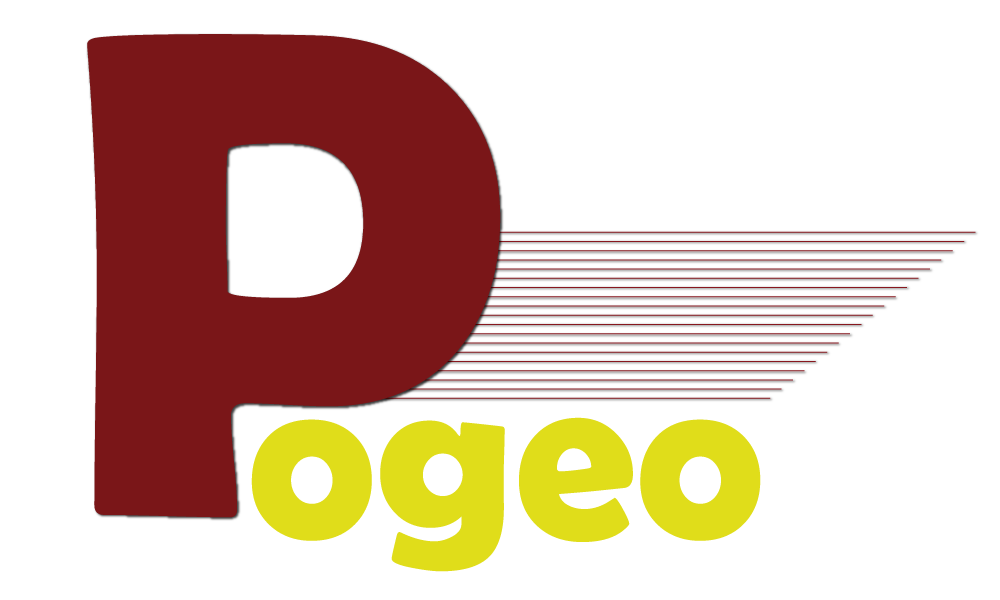In the complex web of modern business, maintaining and understanding relationships is crucial for strategic development and execution. Relationship mapping has emerged as a valuable tool for organizations seeking to visualize and leverage their networks of contacts. By using specialized software, companies can better understand the dynamics between clients, partners, and internal teams. Effective relationship mapping can lead to deeper engagement, improved sales strategies, and heightened customer satisfaction. In this article, we delve into the nuances of choosing the right relationship mapping software for your business needs.
Essential Features to Look for in Relationship Mapping Software
Alt text: Individual at a desk typing on a keyboard, working with top software for relationship mapping.
When choosing top software for relationship map, user-friendliness should be a key factor. An intuitive, easy-to-navigate interface ensures that employees at all tech levels can use it comfortably, leading to higher adoption across the organization.
It’s also important to consider functionality, integration, and scalability. The software should allow quick editing and customization of maps, connect smoothly with CRM and communication tools, and grow alongside your business without losing speed or usability.
Understanding the Significance of Relationship Mapping in Business Strategy
Relationship mapping is a visual representation of connections between individuals and organizations, helping businesses identify key stakeholders and understand their influence within their network. It aids in assessing the health and value of business relationships, guiding strategic decision-making, and identifying growth areas.
It provides insights into the webs of influence within and beyond a company, enabling sales professionals to identify decision-makers and project managers to highlight roles and relationships crucial for project success. It also highlights potential risks, such as over-reliance on a single contact within a client organization. Incorporating relationship mapping into business strategy involves continuous analysis, updates, and communication, ensuring the maximum benefit of a company’s relationships.
Comparing Top Relationship Mapping Tools for Effective Business Networking
Relationship mapping tools are available in the market, each with its unique features. Companies should evaluate these tools based on their specific needs, budget constraints, and integrations with existing systems. Key aspects like user interface, data handling, and customer support can guide them to the ideal solution.
Some tools focus on niche markets or specific business functions, while universal tools offer a broader suite of features. Data security is crucial, as relationship maps contain sensitive information. Companies should also look for software with strong customer service, including technical support, documentation, and user training, to ease implementation and troubleshooting.
Overcoming Common Challenges When Implementing Relationship Mapping Solutions

Alt text: A group of professionals collaborating at a table with laptops, discussing challenges in implementing relationship mapping solutions.
Relationship mapping software can be a valuable tool for managing relationships, but it can face challenges such as resistance to change, data quality and consistency, and integration into daily workflow. To overcome these issues, companies should demonstrate the benefits and provide comprehensive training.
Consistent data entry and outdated information can corrupt the accuracy of relationship maps, so clear protocols and regular audits are crucial. Encouraging frequent use and integration with other tools can embed relationship mapping into the organization’s culture. Companies should invest time and resources into customization to fit their unique structure and industry needs.
Measuring the Impact of Relationship Mapping on Business Growth and Success
Relationship mapping is a tool that helps businesses understand and manage their relationships. It can be measured through various metrics, such as customer acquisition rates, sales cycle lengths, collaboration, and project delays. High user engagement with the software indicates its effectiveness, while low engagement may indicate a need for retraining or alignment with business objectives.
A qualitative assessment of user feedback can provide insights into the software’s usability and satisfaction, highlighting areas for improvement. Long-term, relationship mapping can provide strategic insights, revealing untapped markets, potential partnerships, and growth opportunities. By visualizing and analyzing the complexity of business relationships, companies can uncover new opportunities and opportunities.
Altogether, the proper implementation and utilization of relationship mapping software can have a profound impact on the efficiency and efficacy of an organization’s networking efforts.
You may also read: Media Presence and TV Career


